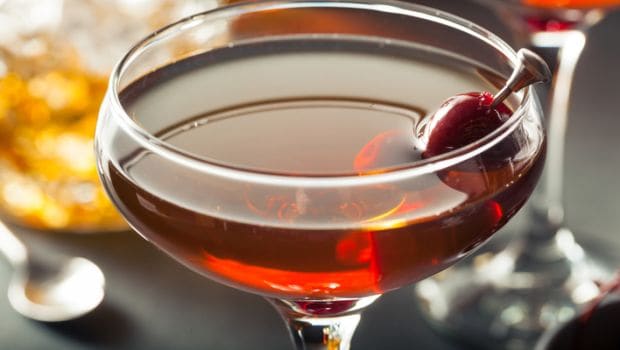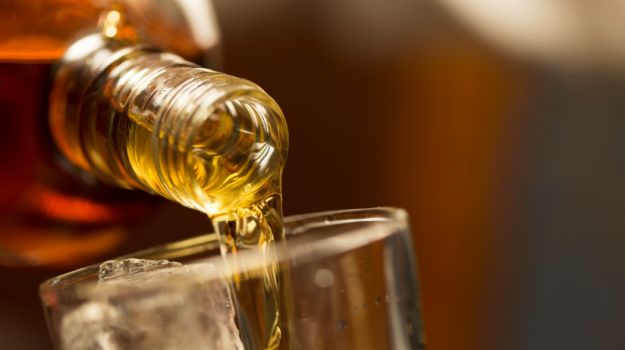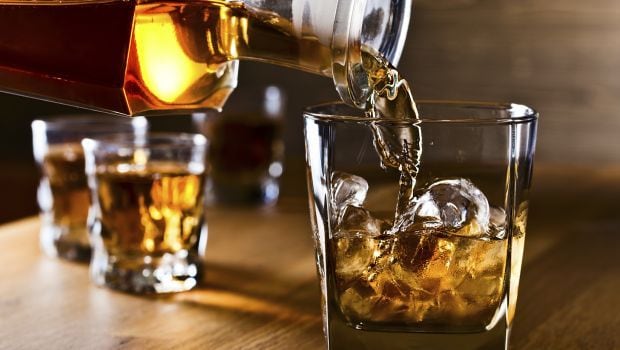While the origins of rum are not exactly known but it is believed that development of fermented drinks produced from sugarcane first occurred in China. Another version attributes the origin of rum to the island of Barbados. Rum is made from sugarcane which takes between 10 months to two years to mature, after which it is harvested to be converted to alcohol. The spirit is made with sugarcane juice or its byproducts like molasses and honey by fermentation and distillation.
Rum making involves 5 major processes and they are-
1. Harvesting
The harvesting of sugarcane takes about a year or so and once the field is ready to be harvested, that field is sometimes burnt to remove leaves and insects, etc. What is left is the sugarcane standing, because of the excessive water content it has. The harvested bit is then washed, chopped up and pressed or milled to extract water (75 percent) and sugar juice (10-16 percent).

The harvesting of sugarcane takes about a year or so and once the field is ready to be harvested2. Sugar extraction
The process of extracting sugar from cane juice produces a by-product called molasses and this is what most rum is made from. The sugarcane is boiled to reduce water content and leave behind a syrup known as 'wet-sugar' that comprises approximately 30 percent sugar. This syrup is clarified and mixed with sugar crystals that produce a core for the dissolved sugar in the syrup to crystallize on. Now, this mixture is boiled and then cooled down to allow the sugar crystals to enlarge. It is then spun to separate the crystals from the liquid. This process is repeated a couple of times; what's left is dark liquid which is then fermented and distilled to make rum.
3. Fermentation
The maker can decide on what base needs to be used to make rum, be it molasses, cane juice or cane syrup. Either of them is taken and fermented with water and cultured to produce a beer like texture or 'wash'. This resulting wash can then be distilled to make rum. Basically, fermentation causes yeast, which eats sugar, and in doing so produces alcohol, heat and carbon dioxide and other chemical reactions. The yeast formation is encouraged only to the level that depends on the type of rum being made. Basis this, light or heavy rum is prepared.

The maker can decide on what base needs to be used to make rum4. Distillation
Distillation of rum involves the alcohol boiling at a lower temperature than water. The distillation process affects the final taste and flavour of the different types of rum. The use of the distiller is to separate and collect the alcohols and flavour compounds wanted in the finished form.
5. Ageing rum
All rums are clear when they condense after distillation. Colour in rum is the result of ageing it in the oak caskets other than the possible addition of caramel colour. On the other hand, white rum is simply a sugar cane distillate bottled. Ageing rum helps improve the colour and the flavour.

All rums are clear when they condense after distillation
6. Charcoal filtration
This step is to filter the undesirable components from the rum and different types of charcoal can be used to remove different substances and make it smooth. This process can be used before or after ageing the rum.
7. Rum blending and bottling
This is the final process in making rum. Some additives are used to enhance the flavour. However, this may vary from country to country as a particular nation may have different set of rules regarding this. It is a common practice to add caramel to the ageing rum so as to correct the colour and also to make it look a bit older. Finally, the prepared rum is bottled and sold.








